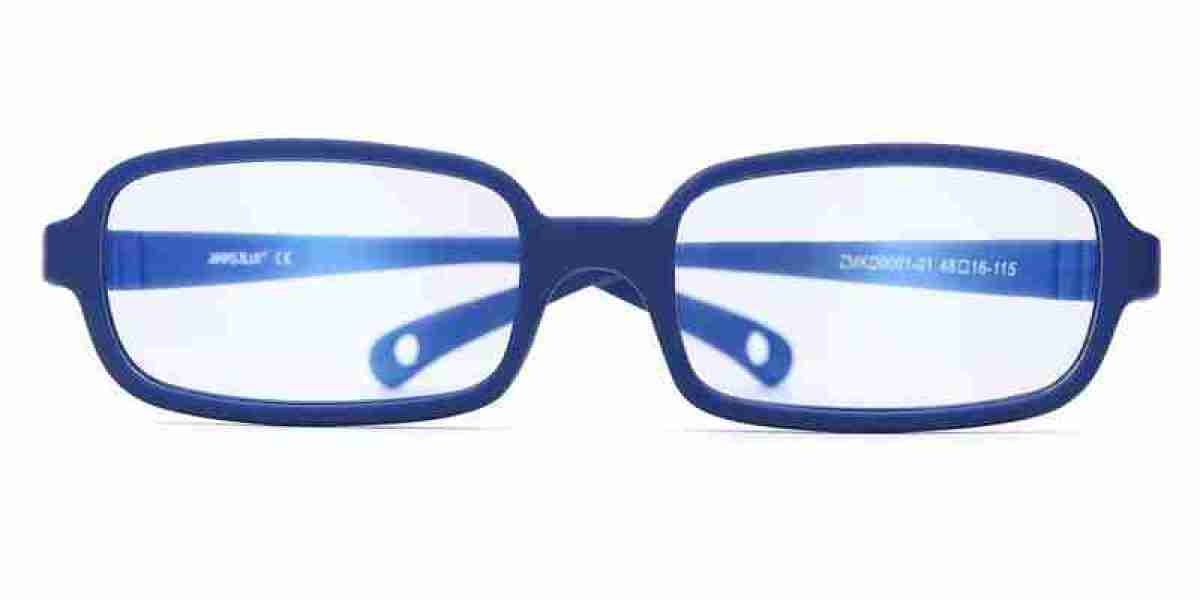How to scientifically wear childrens eyeglasses? This topic is considered a common topic by many people, including glasses and scientific wearing!
Yes, wearing glasses scientifically can reduce fatigue, while wearing children's eyeglasses unscientifically can increase fatigue. Why do many parents think that their children's prescription increases faster after wearing glasses than before? This is not related to the glasses themselves, but closely related to not wearing glasses scientifically.
Specific instructions on how to wear children's eyeglasses need to be tailored based on the child's actual eye condition and optometry data.
The vast majority of newly discovered myopia patients are true myopia. Regulating spasms only occurs in situations where there is a large amount of attention in the short term.
So in order to distinguish between pseudomyopia and true myopia, parents can have two options: 1. Go to the hospital for dilated pupil optometry; 2. Go to an optometry institution (a professional eyewear store with a senior optometrist license or above) for fog vision optometry and visual function examination.
Wear glasses when reading books or looking at computers, don't wear them normally - wrong! The main consequence of wearing glasses intermittently for refractive errors is abnormal visual function (mainly adjustment and eye position problems), resulting in symptoms of visual fatigue.
This is a symptom of decreased regulatory function caused by intermittent wearing of glasses. The solution is to re-evaluate the child's optometry and selectively check the regulatory function, and the result is diagnosed as insufficient regulation.
The solution to insufficient regulation is relatively simple, which can be achieved through regulation training. Its regulation function has significantly improved, and the symptoms of visual fatigue have disappeared.






